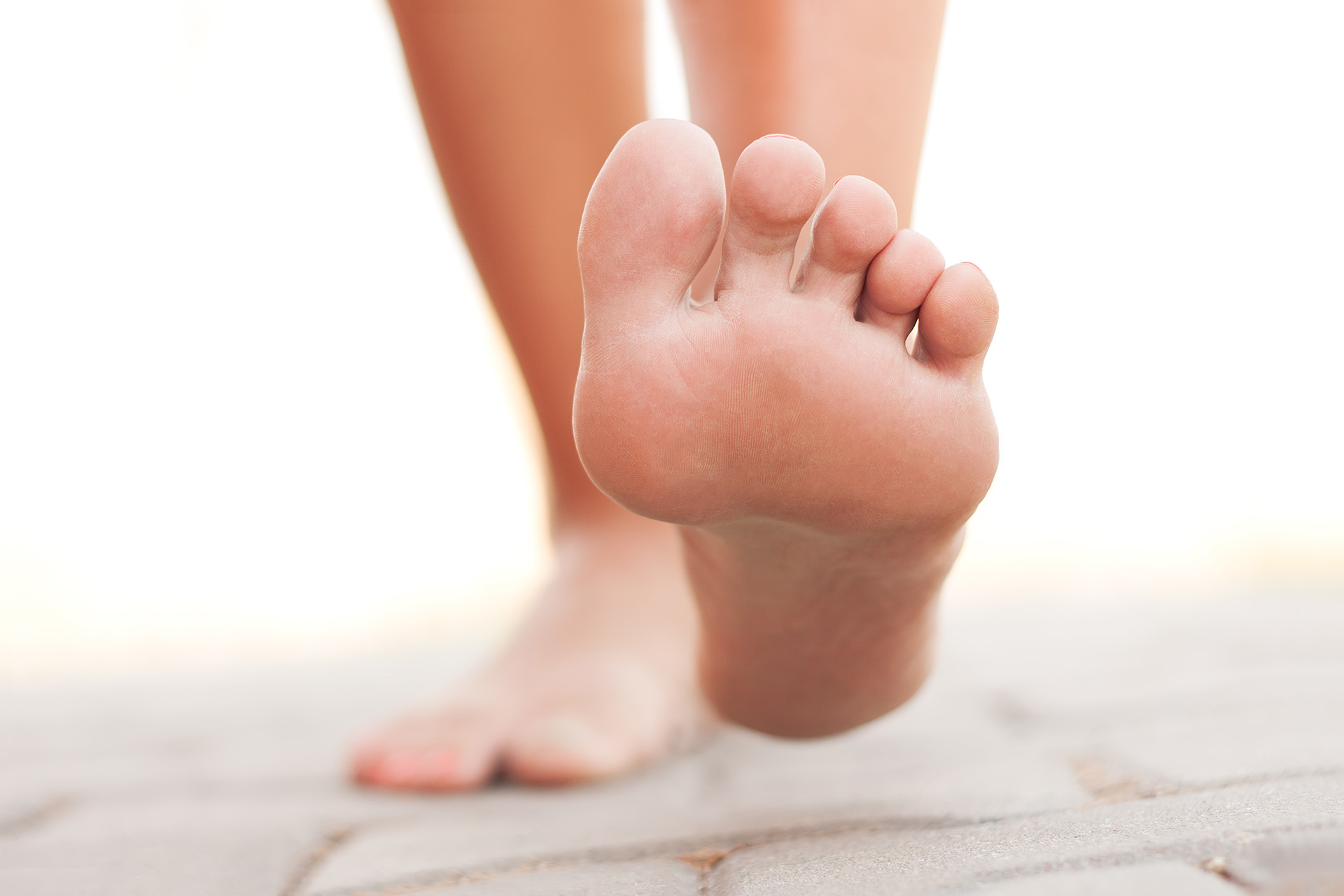Same day appointments, walk in clinic
Same day appointments, walk in clinic

In podiatry, skin grafts offer a practical and helpful option to close complex and difficult wounds in the lower extremities. They play a vital role in addressing foot ulcerations and other foot conditions that require extensive tissue repair. When used to reconstruct tissue defects, they help prevent infection and support wound closure and healing.
When it comes to wound closure, keep one thing in mind. The longer it takes for a wound to close, the greater the risk to the patient.
A podiatrist may recommend a skin graft to help close a cutaneous wound secondary to an injury or after amputation or to support healing and prevent the infection of a chronic ulceration. Other indications for a skin graft may include restoring areas damaged by burns, tumor excision, or skin infections.
In the feet, the chance of resistant strains of bacteria developing in chronic wounds is always a concern. The dangers of unhealed ulceration are particularly significant for people with diabetes—with the infections and tissue damage caused by a chronic wound being the leading causes of hospitalization and limb amputations. Our podiatrist may recommend a skin graft and sometimes a tissue replacement method to complete wound closure and prevent the most severe consequences in these cases.
Skin grafts involve transferring an excised portion of skin, devoid of blood supply, to cover a large or small tissue defect. In the feet, they support regaining health, aesthetics, mobility, and quality of life.
Skin grafts are defined by where they are harvested and classified by thickness. As a skilled and experienced specialist, our podiatrist will determine which type of graft suits your case.
